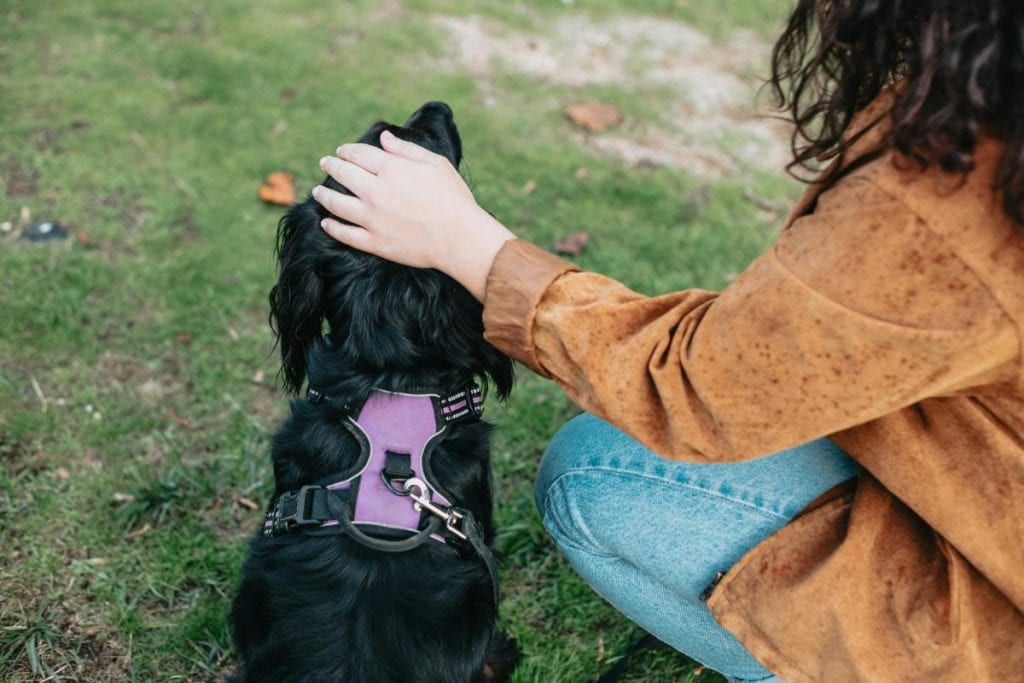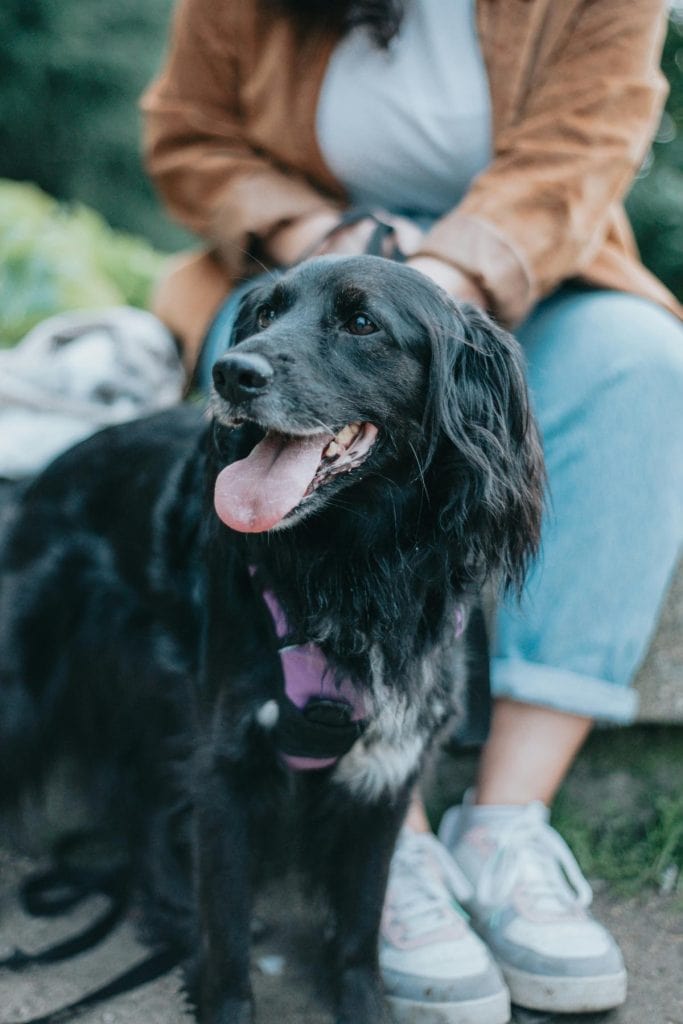Making sure that you have a well-fitted harness for your dog is incredibly important to ensure that your dog is not only comfortable but is properly under control and safe for themselves, you, and other people. An ill-fitting harness can cause discomfort like chafing or have the danger of slipping off, meaning your dog could run off. Here are 6 tips that will help achieve the perfect fit so you can make putting it on a breeze and walks a doddle.

Measure Your Dog Carefully
Use a soft tape measure to read the chest girth and the neck circumference of your pooch. You can then compare these measurements against a size chart, which will be provided by the harness manufacturer. If you’re having difficulty getting your dog to stay still while measuring, then visit a blog page to find out more tips on how to train your dog to listen to your commands. This will also help when it comes to actually walking your dog, too.
Check Adjustability
It’s best to opt for an adjustable harness, not just for the benefit of growing puppies but also for adult dogs who go through weight fluctuations. This ensures a secure and customized fit around multiple points, such as the neck, chest, and belly.
Use The Two Finger Rule
You should just about manage to fit two fingers underneath the straps at all points to ensure that the harness is snug but also not too tight. This means that the harness will be snug enough that your pet won’t manage to slip it off, but also loose enough that it won’t be uncomfortable for them. If your dog shows any signs of breathing difficulties or if you notice any indentations in the skin, then the harness is most likely too tight.
Check For Chafing
Check for signs of irritation, like reddening or fur loss, particularly under the arms and around the chest. Even if you’ve thought you’ve measured the harness well, the actual material of the harness might not be quite right, especially for sensitive-skinned dogs. Think about subbing out this harness and trying one that uses softer materials.
Adapt To Your Dog’s Body Shape and Breed
There’ll be some designs that provide better mobility and comfort for dogs with unique shapes and sizes. Different harnesses require different ways to put it on, so make sure to pick one based on your dog’s needs and preferences. Here are some different types:
- Step-in: Best for small or anxious dogs that dislike things going over their heads
- Overhead: Provides a secure fit and is great for most dogs, especially larger breeds
- Front-clip: Ideal for dogs that pull, as it offers better control and discourages pulling.
- Back-clip: Best for well-trained dogs, small breeds, or those who don’t pull, offering comfort and ease of use.
Test the Fit Before Going for a Walk
Before you take your dog for a spin, let them have a wander around in your home or garden with the harness on. This way, you can watch them in a more controlled environment to make sure they’re comfortable. You can then make any changes before you go on your very first walk with the harness together.

Overall, choosing the right harness and ensuring a proper fit is essential for your dog’s comfort, safety, and overall walking experience. By considering your dog’s size, breed, and behavior, you can select a harness that provides the best support and control. Regularly checking the fit and training your dog to wear the harness will make walks more enjoyable for both of you.
